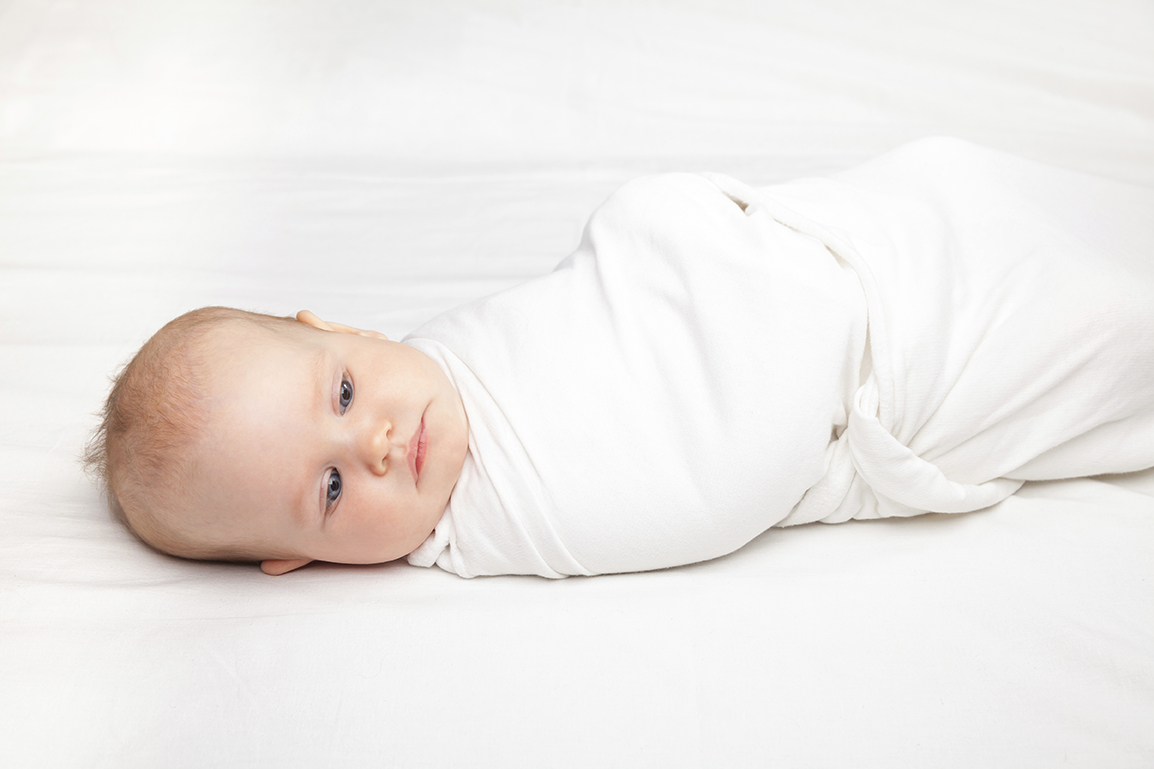Swaddling is a traditional practice of wrapping babies tightly from the neck downward in a sheet or thin cloth. The custom is intended to promote sleep by making infants feel secure and calm. However, an analysis of published research questions whether this practice might be linked to a raised risk for sudden infant death syndrome.
Researchers found that risk of sudden infant death syndrome (SIDS) appears to increase when swaddled infants are placed on their stomachs or sides for sleep.
Writing in the journal Pediatrics, a team led by the University of Bristol in the United Kingdom explains how it analyzed links between SIDS and swaddling in four studies from three different countries: England, Australia and the United States.
Researchers screened 283 articles to find the four studies, which span 20 years. None of the studies were designed to investigate swaddling, but the data they gathered included information about the practice, medicalnewstoday.com reported.
First author Dr. Anna Pease, from Bristol’s School of Social and Community Medicine, says they did find “that the risk of SIDS when placing infants on the side or front for sleep increased when infants were swaddled.”
According to the Centers for Disease Control and Prevention (CDC), SIDS is defined as the sudden death of a child under the age of 1 year that cannot be explained.
SIDS is the leading cause of death among babies aged 1-12 months in the US, where about 1,500 deaths to SIDS were recorded in 2014.
In order to reduce the risk, the American Academy of Pediatrics (AAP) recommends that babies are placed on their backs for sleep.
In their analysis, Pease and colleagues found that the risk of SIDS associated with being placed in the side position almost doubles among swaddled infants.
It was also higher in babies who were swaddled and found on their fronts. Plus, the risks were also higher for older infants who were swaddled during sleep, and the studies examined suggest that most of the babies had moved onto their fronts during sleep.
Pease says they found some evidence that as infants get older, they may be more likely to move into unsafe positions while swaddled as they sleep. She suggests this means “an age is needed after which swaddling for sleep should be discouraged. Most babies start being able to roll over at about 4-6 months.”


